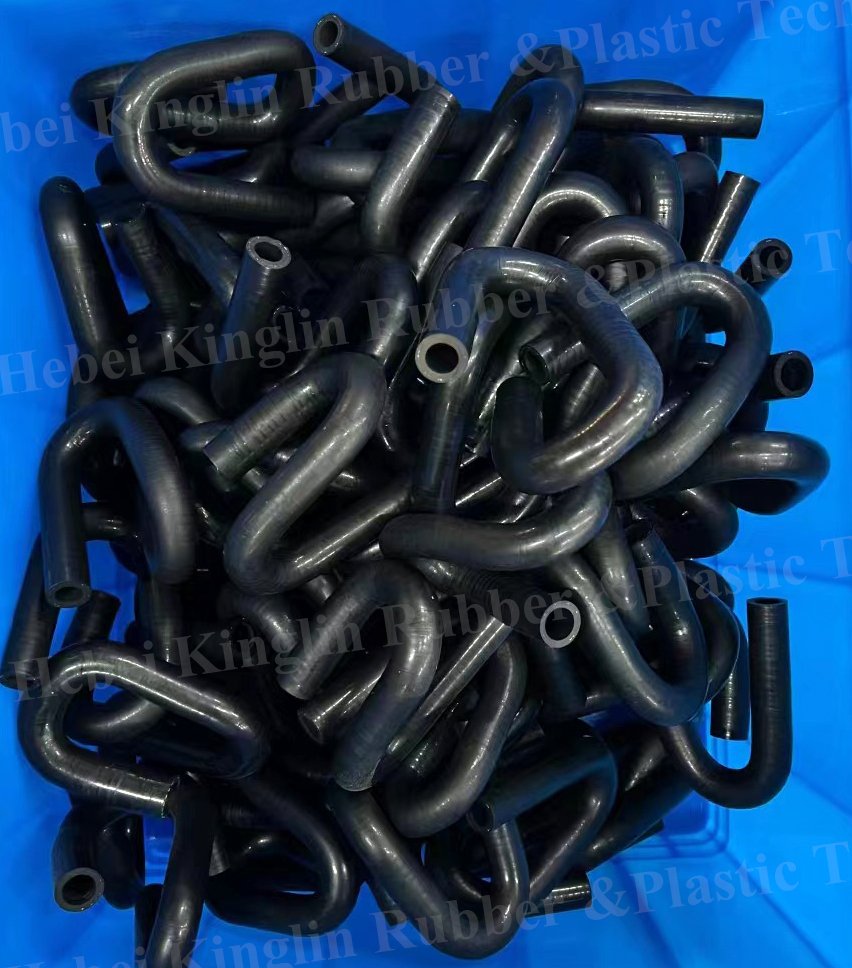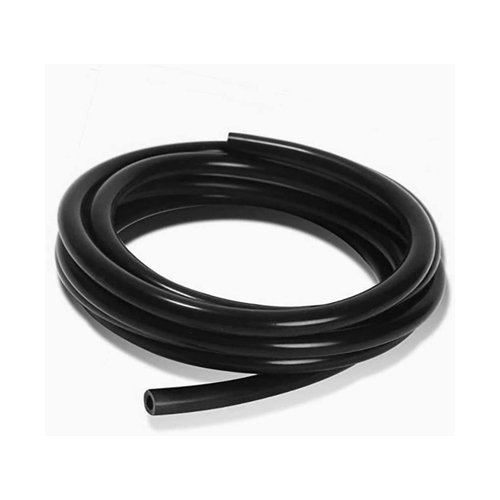Nuair a thagann sé chun aerchóirithe feithicleach, roghnú an hose ceart tá gach rud. Déanfaidh píobán maith an fheidhmíocht a sheachadadh, fad saoil, and reliability you need to keep your vehicle’s cooling system running right. knowing the different types of hoses available can help you make smart decisions and keep your air conditioning systems running efficiently.
The main type of hose used in automotive air conditioning systems is the freon hose. These hoses are made of high-quality rubber compounds with an inner layer of nylon (polyamide) that prevents freons from leaking out. This type of construction makes the hoses durable and helps the cooling system work efficiently.
Now, let’s drill down into the details of automotive air conditioning hoses and where they are used.
What Type of Piping is Used for Air Conditioning Refrigerant Lines?
Automotive aircon systems use a combination of hoses and metal pipes. Building facilities mainly use carbon steel pipes (SGP) and copper pipes. Vehicles often use rubber hoses with a nylon barrier to ensure flexibility and durability.
Common Hose Types in Automotive Air Conditioning
There are several types of hoses used in automotive air conditioning systems:
Barrier Hoses: These have a nylon inner liner to reduce permeation and are commonly used for high-pressure refrigerant lines.
- Non-barrier hoses: These are usually used for low-pressure applications and are more flexible.
- Aluminum Hoses: These are used in high-temperature areas because they dissipate heat well.
- Rubber Hoses: These hoses are super strong and super flexible, so they can be used in a lot of different parts of the air conditioning system. They’re usually reinforced with layers of man-made materials to handle high pressures and temperatures.
How to Choose the Right Hose for Your Vehicle
Choosing the right hose involves considering several factors:
- Rátáil Brú: Make sure the hose can handle the pressure of the system.
- Chemical Compatibility: The hose material should be compatible with the refrigerant you’re using.
- Raon teochta: The hose needs to be able to handle the operating temperatures of the system.
- Flexibility and Fit: Make sure the hose can be routed through the engine compartment without kinks or restrictions.
Application of Automobile Air Conditioning Hose
Automotive air conditioning hoses are used in various parts of the system, san áireamh:
- Compressor to Condenser: High-pressure hoses that carry the freon.
- Condenser to Evaporator: Medium-pressure hoses that return the freon to a liquid state.
- Evaporator to Compressor: Low-pressure hoses that carry freon vapor back to the compressor.
What Role Do Hoses Play in Automotive Air Conditioning Systems?
Hoses are a critical part of your car’s air conditioning system. They keep the refrigerant flowing smoothly between the different parts, maintain pressure, and prevent leaks. Good hoses help your system work better and last longer, which means less money spent on maintenance and less time without air conditioning.
Can I Replace My Automotive Air Conditioning Hose on My Own, or Should I Seek Professional Help?
Replacing an air conditioning hose on a car can be a complicated job because of the high-pressure refrigerant and the specialized tools required. While some experienced do-it-yourselfers might be able to handle the job, it is generally recommended to have a professional do it. A professional technician will make sure it is installed correctly, handle the refrigerant properly, and maintain the integrity of the system, preventing leaks and making sure it works efficiently.
How Often Should I Inspect and Replace the Hoses in My Vehicle’s Air Conditioning System?
To prevent air conditioning system failure, you must regularly inspect and maintain your vehicle’s air conditioning hoses. It’s recommended to inspect the hoses once a year or every 12,000 chun 15,000 míle, whichever comes first. Look for signs of wear, scoilteanna, or leaks. You should replace your hoses every 5-7 years or sooner if you see any damage. Regular maintenance will keep your air conditioning system working properly and save you from expensive repairs.
Common Problems with Car Air Conditioning System Hoses and How to Maintain Them
Common Problems:
- Leaks: Hoses can develop leaks due to wear and tear, resulting in loss of refrigerant.
- Cracks: Exposure to high temperatures and chemicals can cause hoses to crack.
- Blockages: Debris or buildup inside the hoses can restrict refrigerant flow.
- Weak Connections: Thar am, connections can weaken, leading to refrigerant leaks.
Maintenance Tips:
- Regular Inspections: Check hoses for wear, scoilteanna, or leaks during your regular maintenance routine.
- Suiteáil Chuí: Make sure your hoses are installed correctly and securely connected to prevent leaks.
- Cleanliness: Keep your hoses and the area around them clean to prevent blockages and buildup.
- Use Good-Quality Hoses: Invest in good-quality hoses that are designed to handle the pressures and temperatures of your car’s A/C system.
Achoimre:
Picking the right hose for your automotive A/C system is critical for performance and reliability. By understanding the different types of hoses and their uses, you can make better decisions for your vehicle or business. If you have any questions or need more information, feel free to contact our experts.



